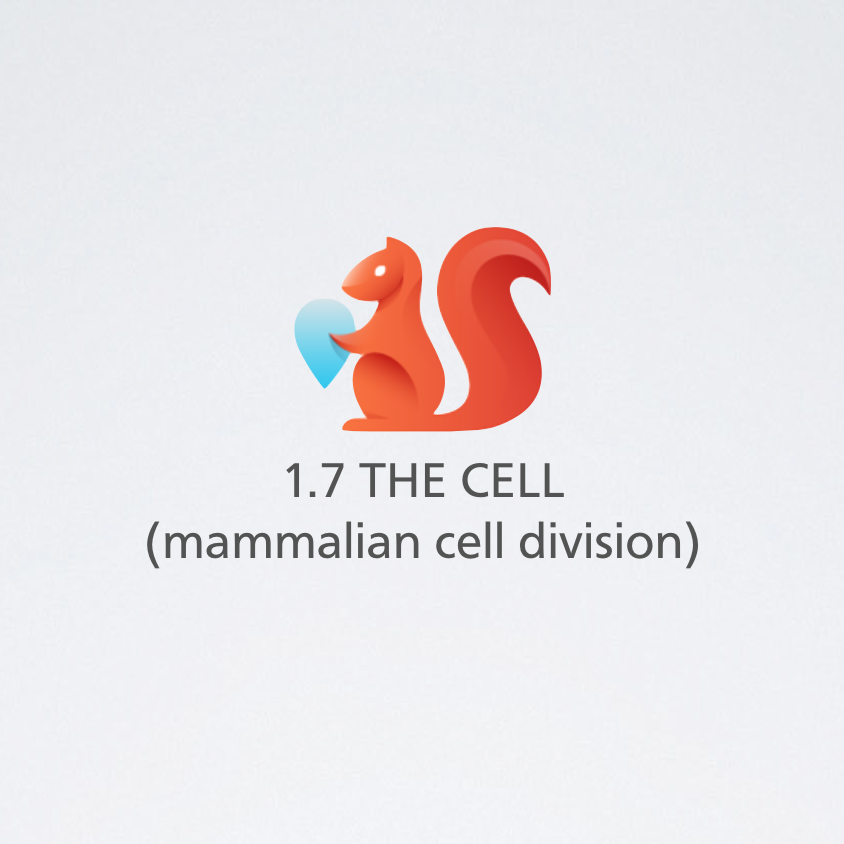
Introduction to mammalian cell division
Mammalian cell division is a core JC1 topic in H2 BIO A levels. This topic traces all the events leading up to cytokinesis. And it results in 2 daughter cells after each division in both mitosis and meiosis. One should focus on the differences between the 2 types of cell division as well as proper phrasing exactly describing the processes.
Materials for mammalian cell division
- A video examining mitosis.
- Describing meiosis (video).
- Download diagrams (high resolution) – FREE!
- Purchase notes (including phrasing error corrections & review question solutions)
Phrasing errors
- A pair of bivalents.
- Diploid number = amount of DNA.
- Crossing over results in new alleles/genes formed.
- In meiosis II, the 2 sister chromatids are not identical to each other.
- An organism is sterile because its gametes have non-homologous chromosomes.
- Chromosomes are pulled to the opposite ends of the cells by spindle fibers.
- DNA replication happens in the interphase between meiosis I and II.
- Chromosomes replicate during interphase.
- Centromeres split during anaphase.
- Sister chromatids separate to become individual chromatids.
- Random orientation/random alignment of homologous chromosomes at metaphase followed by random separation of homologous chromosomes at anaphase I leads to random assortment.
- Crossing over results in the exchange of genes/part of gene/part of allele/gene loci/gene contents/genetic material/DNA content/genetic information between non-sister chromatids.
Exam tips
- Microtubules ≠ spindle fibre/microtubules ≠ mitotic spindle.
- A diploid cell already becomes haploid at the end of meiosis I.
- Synapsis is the process of pairing up homologous chromosomes. It has to occur first before crossing over can occur. Synapsis is not crossing over.
- When given a graph and asked to identify the various stages of cell nuclear division, take note of what the y axis is referring to: amount of DNA or number of chromosomes per cell or per nucleus.
- Centromeres do not interact with the spindle microtubules directly but to kinetochore proteins that are attached to the centromere.





